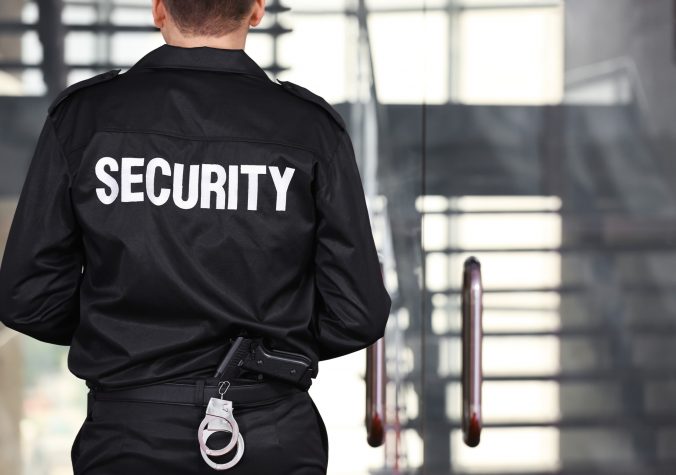Physical security in the workplace has become an increasingly important issue. Whether it’s as simple as locked doors, or a more complex system of CCTV cameras and motion sensors, a business needs to understand the importance and necessity for measures like these.
The benefits of having good physical security can range from protecting your staff from harm to reducing losses due to break-ins. This blog post will explain what physical security is, how different areas of the workplace could benefit from implementing it, and some key tips for ensuring you are well-protected at your place of work.
Physical Security and Its Role in Maintaining Safety in the Workplace
Physical security is a key aspect of ensuring a safe workplace environment for employees and visitors alike. It encompasses a wide range of measures, from installing surveillance cameras and access control systems to implementing incident response protocols.
By having an effective physical security plan, businesses can mitigate risks and protect their assets, including personnel, data, and physical property.
With today’s ever-changing threats, staying ahead of the curve in terms of physical security is essential in maintaining a secure workplace and providing peace of mind for all involved.
Why Physical Security Is Essential For Protecting Employees, Customers, And Valuable Assets
The safety and security of employees, customers, and assets are paramount for any organization. Physical security measures, such as surveillance cameras, access control systems, and security personnel, play a vital role in protecting people and valuable possessions from potential threats.
Without physical security, an organization leaves itself vulnerable to theft, vandalism, and other forms of criminal activity. Violent or threatening behaviour can also occur within an organization, causing harm to both employees and customers.
By investing in physical security measures, organizations can create a safe and secure environment for their employees and customers while safeguarding critical assets. A robust physical security plan is not just a mandatory aspect of any business; it is a fundamental way of ensuring the overall well-being of individuals and organizations.
Identify Common Threats That Can be Mitigated Through Physical Security Measures
In today’s world, businesses and organizations face an array of risks that threaten their safety and security. Physical security measures such as locks, CCTV cameras, intruder alarms, access control systems, and more have become essential tools in mitigating these threats.
By implementing these measures, organizations can protect themselves against common security risks such as theft, vandalism, and unauthorized access. The presence of security measures also acts as a deterrent against potential threats.
While there are no guarantees for safety and security, taking proactive steps to strengthen physical security can go a long way in preventing and addressing potential risks.
How to Implement Physical Security Measures Across Different Departments of an Organization
As organizations grow and expand, implementing physical security measures across different departments becomes increasingly important. Regardless of the type of business, security should be a top priority to ensure the safety of employees and any sensitive information or assets.
The first step in implementing physical security measures is to conduct a risk assessment to identify potential vulnerabilities within the organization. From there, departments should collaborate to develop a plan that addresses each vulnerability and assigns specific responsibilities to various personnel.
It may include installing access control systems, and surveillance cameras, and requiring identification badges to limit access to specific areas. Regular training and drills should be conducted to ensure that employees are knowledgeable about security procedures and understand how to respond in the event of an emergency.
By incorporating physical security measures across all departments, organizations can create a comprehensive security plan that keeps employees and assets safe.
Best Practices to Follow When Implementing Physical Security Across Your Business
For physical security, implementing best practices is crucial for any business. One of the most significant steps is conducting a thorough risk assessment and developing a comprehensive security plan tailored to the unique needs of your business and its facilities.
Access control measures, such as card readers and biometric scanners, can help restrict entry to authorized personnel only. Monitoring and surveillance technologies, such as cameras and motion sensors, are also indispensable tools.
Ensuring you properly train employees on security protocols and procedures is another key factor. And, finally, it’s crucial to regularly review and update your physical security measures to keep up with any changes in your business or the external threat escape.
By following these best practices, you can help protect your business assets, reduce losses, and provide a safe environment for your employees, customers, and partners.
About MPS
Magnum Protective Services should be your first choice when looking for comprehensive security solutions for your property and business in the Greater Toronto Area. We have been working since 1981 to keep the residents and businesses of GTA safe.
Over the years, we have gained vast expertise, experience, and the trust of our clients to become one of the leading security service providers in the region. Our services include security, concierge, and risk management. You can reach us at 416-591-1566 or fill out our contact form to know more.

